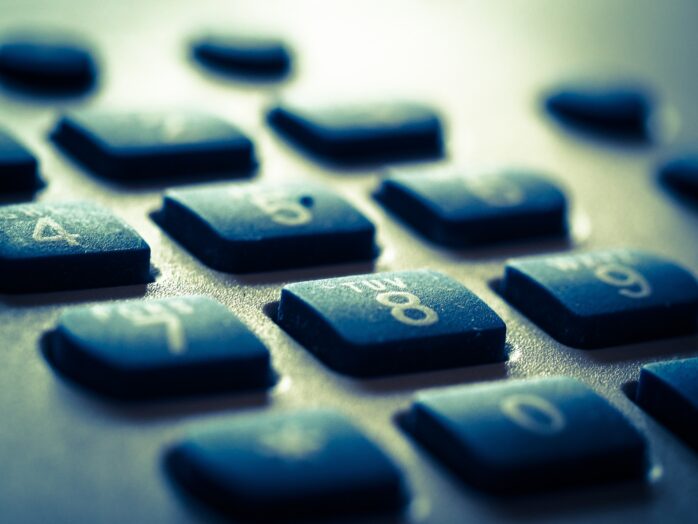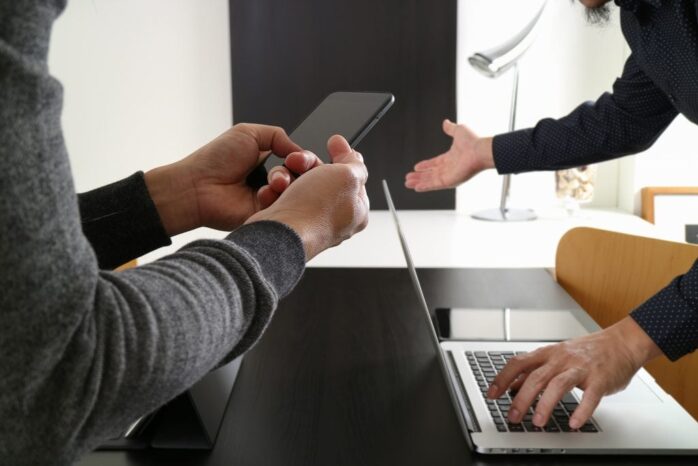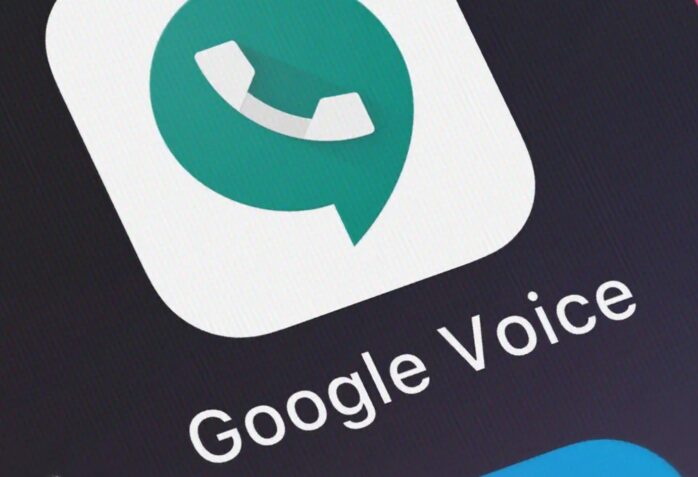Today we are spoilt with all of the technology choices we have available to help us connect with family and friends overseas, with tools like Facebook, Skype, WeChat, etc. the options are endless but when it comes to making international calls there is still one tool that in my personal opinion trumps the above and others like it.
Some would consider this ‘ancient technology’ and it is and that is why it is so good.
What is this ancient technology exactly?
Calling cards.
You know those things you used to buy from your local newsagent, you’d scratch the back of the phone card and it would reveal the PIN number, then you’d find a public phone and start calling people?
These days things have changed a little (instead of going to your newsagent, you can just buy virtual calling cards online and get them instantly) but fundamentally they still work the same way.
For example, you call your local access number, then you key in your unique PIN number, then finally you’d key in the overseas number of the person you wish to speak to.

Why you should use calling cards
While calling apps are fairly easy to use and the best part of course using them to call people is free – this is a tough value proposition to beat. They have one major weakness and that is, they are only good if you are calling people who live in well developed countries.
If you are calling countries like Australia, New Zealand, United States, UK, Japan, Singapore, etc. then using calling apps is a fine idea you can call people while experiencing very little lag, call drop outs, etc.
But if you are calling lesser developed countries or calling to remote areas even within well developed countries then you are going to have a poor calling experience.
The greatest advantage to using calling cards is that the technology has been around for a very long time, international calling cards use the copper phone lines that you use when using your landline or mobile phone.
Even in the most remote or under developed countries chances are they will have either a landline or mobile or at least have access to one.

The downsides to using calling cards
When it comes to calling cards there are two downsides, one of them is more important than the other of course.
The first issue is the multiple steps required to actually making a phone call for example, keying in the local access number, then the PIN number, then the overseas number, this is a hassle for most but a barrier for others who have trouble with their vision or keying in that many numbers without making a mistake.
NZ Phone Cards released a helpful guide on how to remove this problem if you are using a mobile phone which basically involves programming all of the steps into your mobile phone so that if you want to call someone overseas you just tap on their contact number and your mobile phone will run through that entire sequence for you automatically.
The second downside to buying a calling card is navigating all of the scammy phone cards on the market.
Later in this article I’ll dive a little deeper on how to avoid being ripped off, needless to say calling card companies have come up with smart ways to extract money from their customers over the years.

Alternatives to calling cards
When it comes to calling overseas, we do have a lot of options available one of my favorites being calling apps.
When I travel I will often rely on using calling apps since they are not only free but allow me to do video calling as well which is something calling cards do not allow, this is perfect for calling family.
The most popular apps and services are:
- Skype
- FaceTime
- Viber
- Rebtel
- IMO
- PopTox
- LINE
- Vonage Mobile
- Tango
- VoipBuster
- VoipStunt
- Voxofon
- Google Voice
- Phone.com
Insider tips on how to buy a calling card without being scammed
Since I travel a lot I’ve purchased hundreds of calling cards and seen every possible problem you can run up against I’ll just touch a few main points here just so that if you decide to purchase a calling card for making international calls you will be less likely to get taken advantage of.

Check the billing increments
Even though a phone card may say they are charging 1c per minute they may actually be charging you in higher billing increments for example a phone card that has a billing increment of 10 minutes will be charging you 10c every 10 minutes which means if your call lasts 1 minute then you are still charged 10c which means your call was actually 10c per minute.
Ideally you want a card with 1-minute billing increments if possible but no more than 3 minutes.
Customer service
This is the most important takeaway. Make sure that they have a customer support team so that if you have any problems you can get it resolved.
I highly recommend using an online calling card service provider since it allows you to call them up to get an idea of their professionalism and will also give you an opportunity to ask them questions like their refund policy, which card is best for the country you are calling to, do they have special fees, what happens if there is a technical issue with your phone card, etc.

Hidden fees
Avoid daily service fees as these are just junk fees designed to extract money from customers without any additional benefit to the customer.
A daily service charge is a fee that is automatically deducted from your phone card at regular intervals regardless of whether you are using your calling card or not.
The post Calling Overseas? Use This Tech To Reduce Your Calling Fees appeared first on FotoLog.
from FotoLog https://ift.tt/zHln49T
via IFTTT


0 Comments